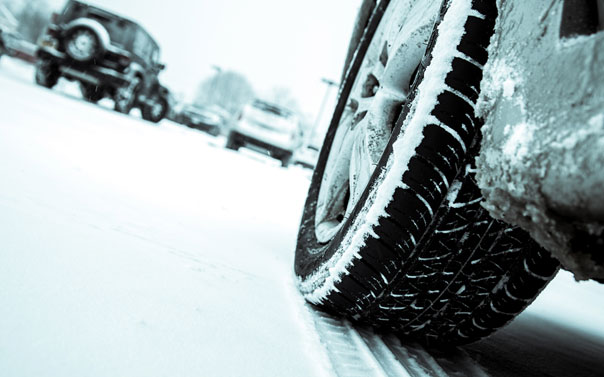Over the past few days, the weather has become much colder. It’s so cold in fact that when I went out to my car this morning, it was completely frozen up. The windscreen resembled an ice rink and the windows were stuck fast thanks to the freezing weather. The amount of ice on my car and the chill in the air got me thinking about one particularly scary incident a couple of winters ago where my span off of the road and into a layby due to the cold weather.
Back then I was living in the Midlands and was driving from my student accommodation to my partner’s house down an A road. I knew the roads would be icey but as it was an A road I thought it would have been gritted, and so thought nothing of driving along it. Anyway, as I was driving along – I was only doing around 20 miles per hour – I braked as I approached a corner and as I did my car began to slowly spin and glide across the road into a layby.
There was little damage to the car but I was seriously shaken up. I sat in my car crying for around five-minutes until a kind couple pulled over to see if I was okay. I decided to turn around and go home instead of continuing on to my partner’s house, so the couple pushed my car back onto the road and set me on my way. It wasn’t a serious accident or anything like that but it scared the bejesus out of me. For the first time, I realised just how dangerous the winter weather can make the roads and how easily serious accidents can occur.
The next day after booking my car in for a checkup, I realised how unequip it was for winter driving. The mechanic told me how important it was that my car was prepared for winter, especially my tyres, because tyres are crucial when it comes to safe driving in cold weather. He asked me if I had performed any safety checks on my tyres to see if they were fit for winter driving. When I told him that I hadn’t, he explained how important it was to do so.
The first thing he told me to do was check my tyre pressures regularly. This is important as incorrectly inflated tyres affect how easy a vehicle is to handle. Incorrectly inflated tyres reduce the control of the vehicle that you have, up your braking distances, and make skidding, especially in ice, more likely. So it’s crucial to check your tyre pressures regularly – the best way to do this is with an electronic pump at your local fuel station. (It’s also crucial to ensure that your spare tyre is properly inflated – check this at the same time that you check your other tyres.)
Before heading out in the cold winter weather, it’s also crucial that you check the tread depth of your tyres. The legal limit is 1.6mm across 70 percent of the tyre, but that doesn’t mean that in cold weather it’s safe to drive with just 1.6mm of tread. You see the larger the tread, the more grip you will have when driving. So if you measure your tyres and the tread is low, then it’s best to have them replaced. To find your local tyre garage have a browse online, or if you’re Devon-based like me, tyres in Devon are available at Point S website.
To make your car extra safe this winter, you could consider investing in winter tyres. A couple of my friends have them and swear by them for driving in cold, icy conditions. Winter tyres are able to improve grip and prevent skidding in cold conditions. Most UK cars have summer tyres, but you can opt to swap them for winter ones. As well as helping to make skidding less likely, winter tyres are designed to stay supple in all weather conditions, and also to gain extra traction when driving in ice or snow.
Because of my experience skidding in the ice, I always take winter car care seriously. I check my tyre pressures once a week, measure the tread, and swap my summer tyres for winter ones. After all, it’s best to be safe rather than sorry…







Sian Reed
I’m so glad I live at home still because as soon as I have trouble with my car, I go straight to my dad for help! My car has been struggling to start this winter so it’s sat in the garage right now hopefully getting fixed! I keep an emergency kit in my car as well just in case!
Sian x
http://theenglisheverygirl.blogspot.co.uk/